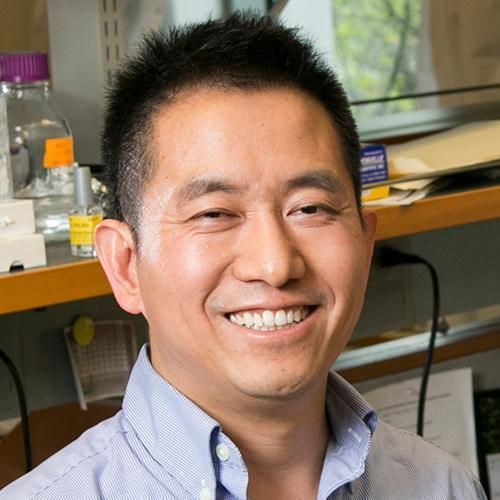Persistence and reversal of plasmid-mediated antibiotic resistance.
In the absence of antibiotic-mediated selection, sensitive bacteria are expected to displace their resistant counterparts if resistance genes are costly. However, many resistance genes persist for long periods in the absence of antibiotics. Horizontal gene transfer (primarily conjugation) could explain this persistence, but it has been suggested that very high conjugation rates would be required. Here, we show that common conjugal plasmids, even when costly, are indeed transferred at sufficiently high rates to be maintained in the absence of antibiotics in Escherichia coli. The notion is applicable to nine plasmids from six major incompatibility groups and mixed populations carrying multiple plasmids. These results suggest that reducing antibiotic use alone is likely insufficient for reversing resistance. Therefore, combining conjugation inhibition and promoting plasmid loss would be an effective strategy to limit conjugation-assisted persistence of antibiotic resistance.
Duke Scholars
Altmetric Attention Stats
Dimensions Citation Stats
Published In
DOI
EISSN
ISSN
Publication Date
Volume
Issue
Start / End Page
Related Subject Headings
- Synthetic Biology
- Plasmids
- Models, Genetic
- Microbial Consortia
- Genetic Techniques
- Genetic Engineering
- Escherichia coli
- Drug Resistance, Bacterial
- Conjugation, Genetic
Citation
Published In
DOI
EISSN
ISSN
Publication Date
Volume
Issue
Start / End Page
Related Subject Headings
- Synthetic Biology
- Plasmids
- Models, Genetic
- Microbial Consortia
- Genetic Techniques
- Genetic Engineering
- Escherichia coli
- Drug Resistance, Bacterial
- Conjugation, Genetic


